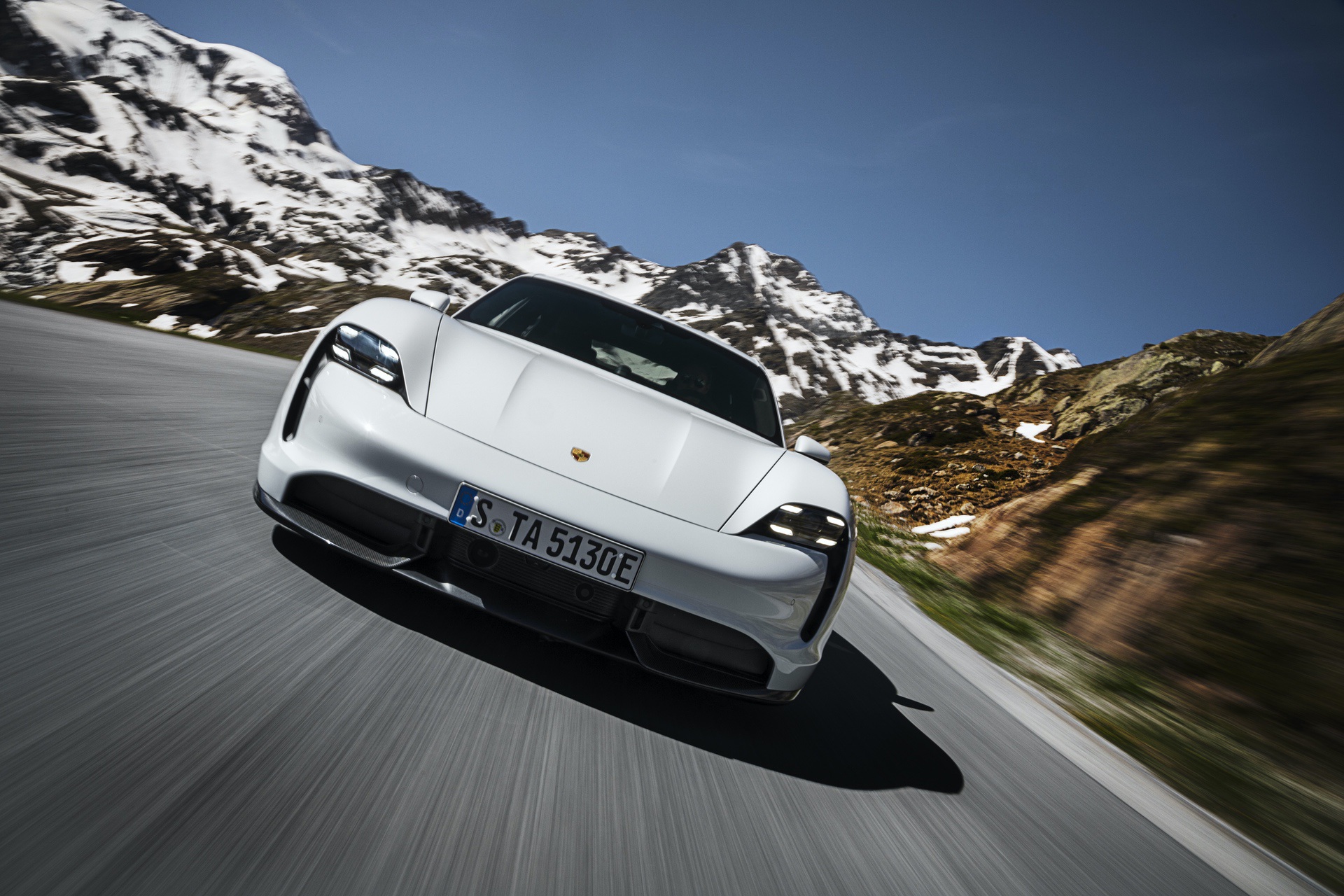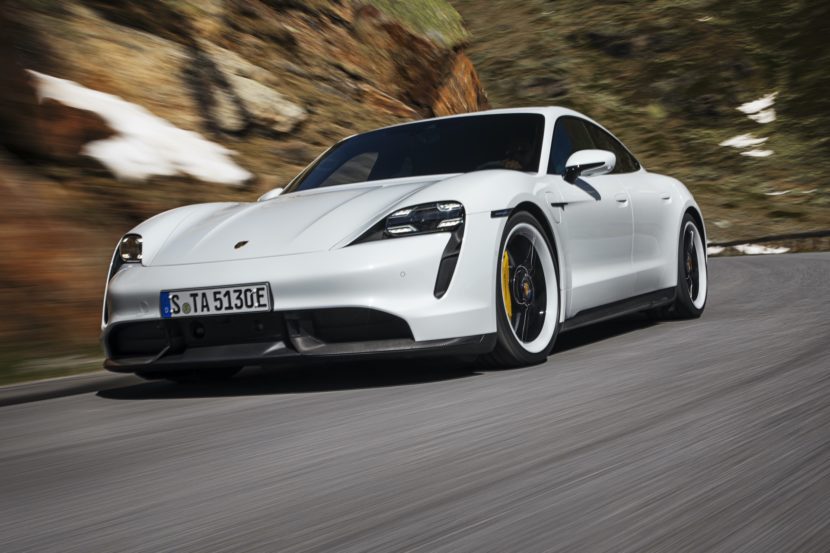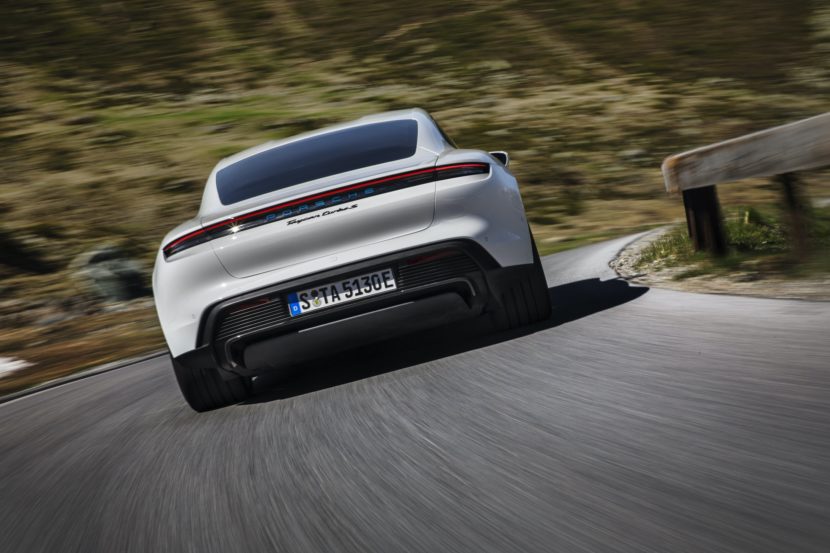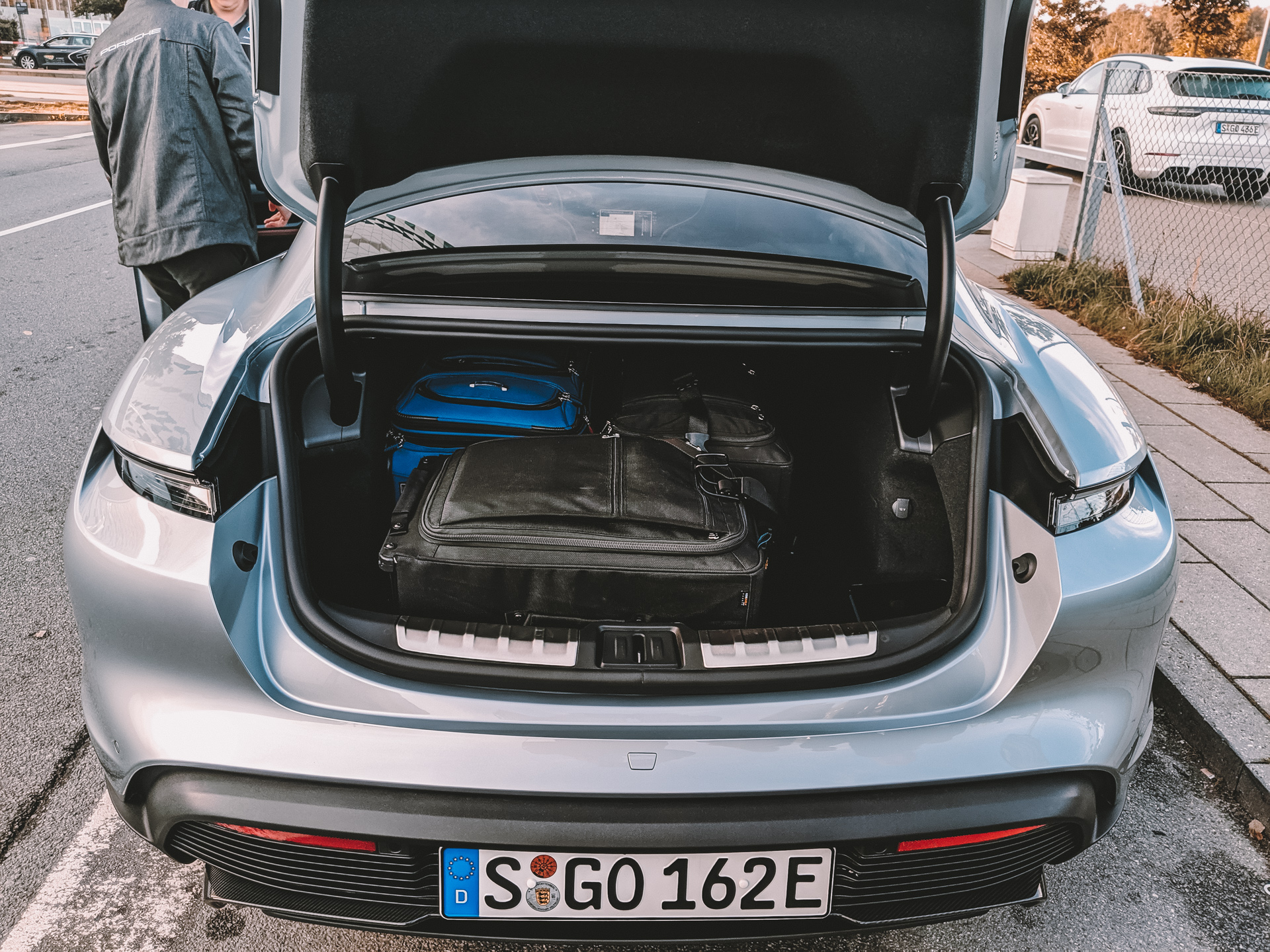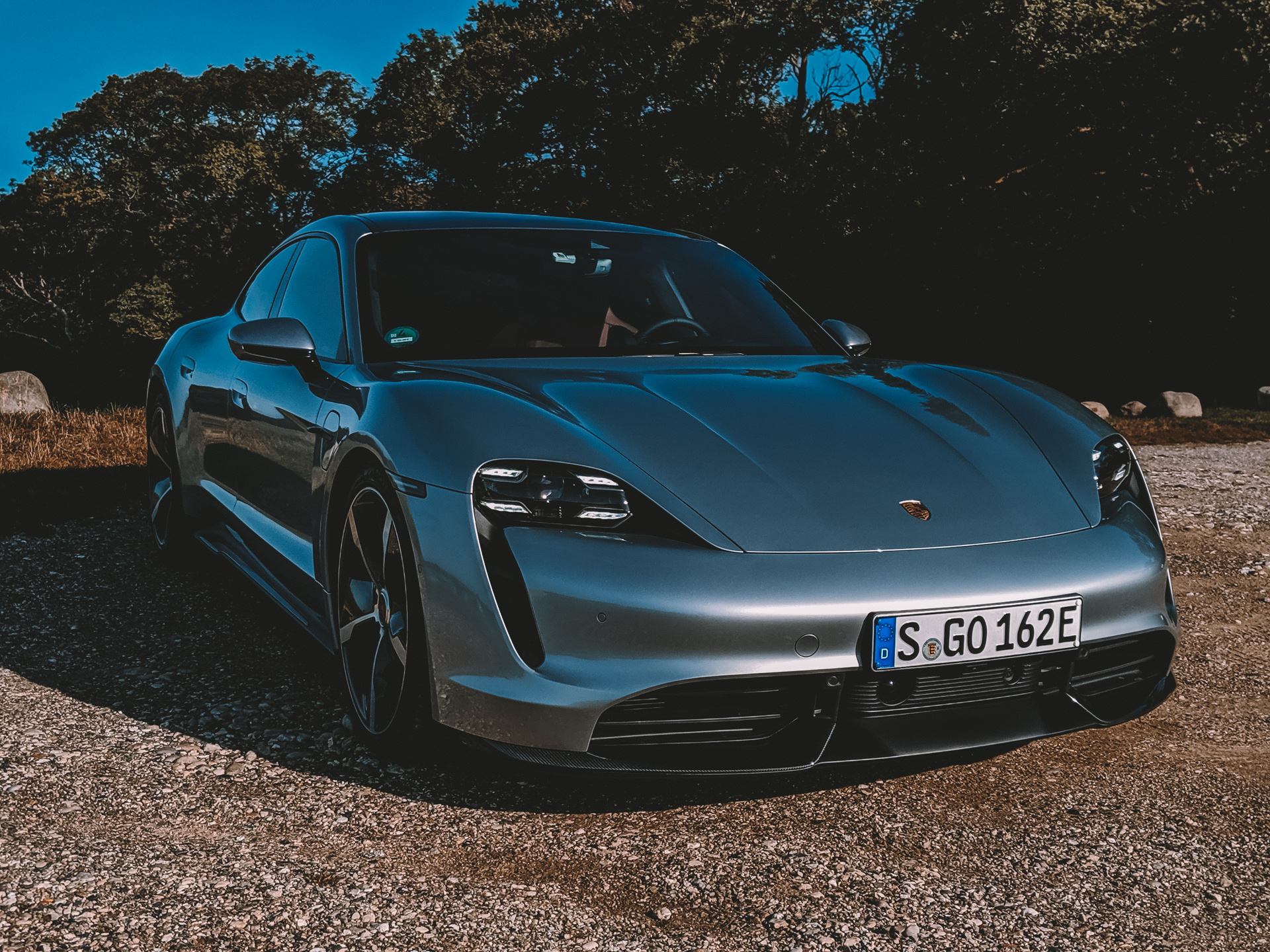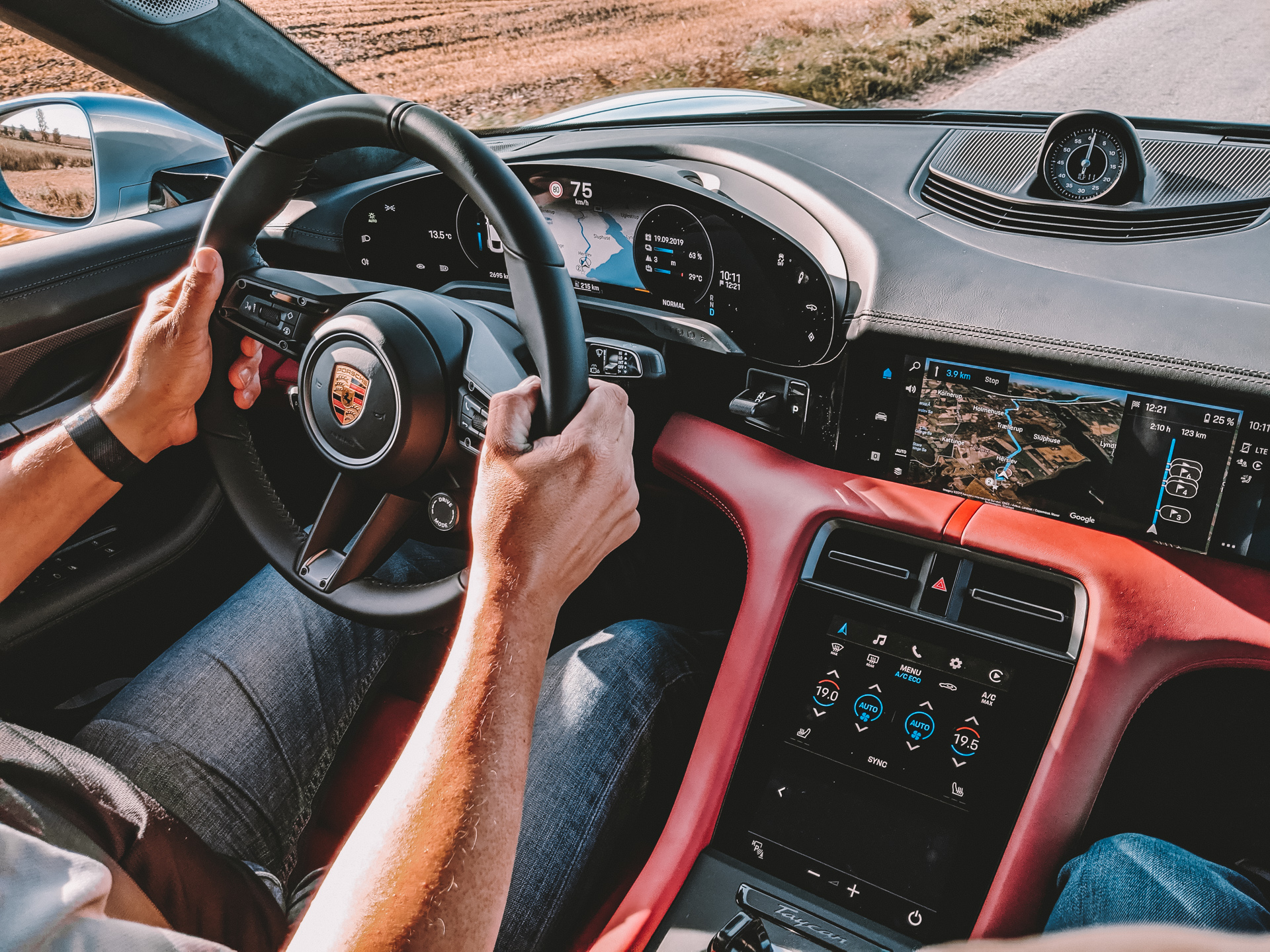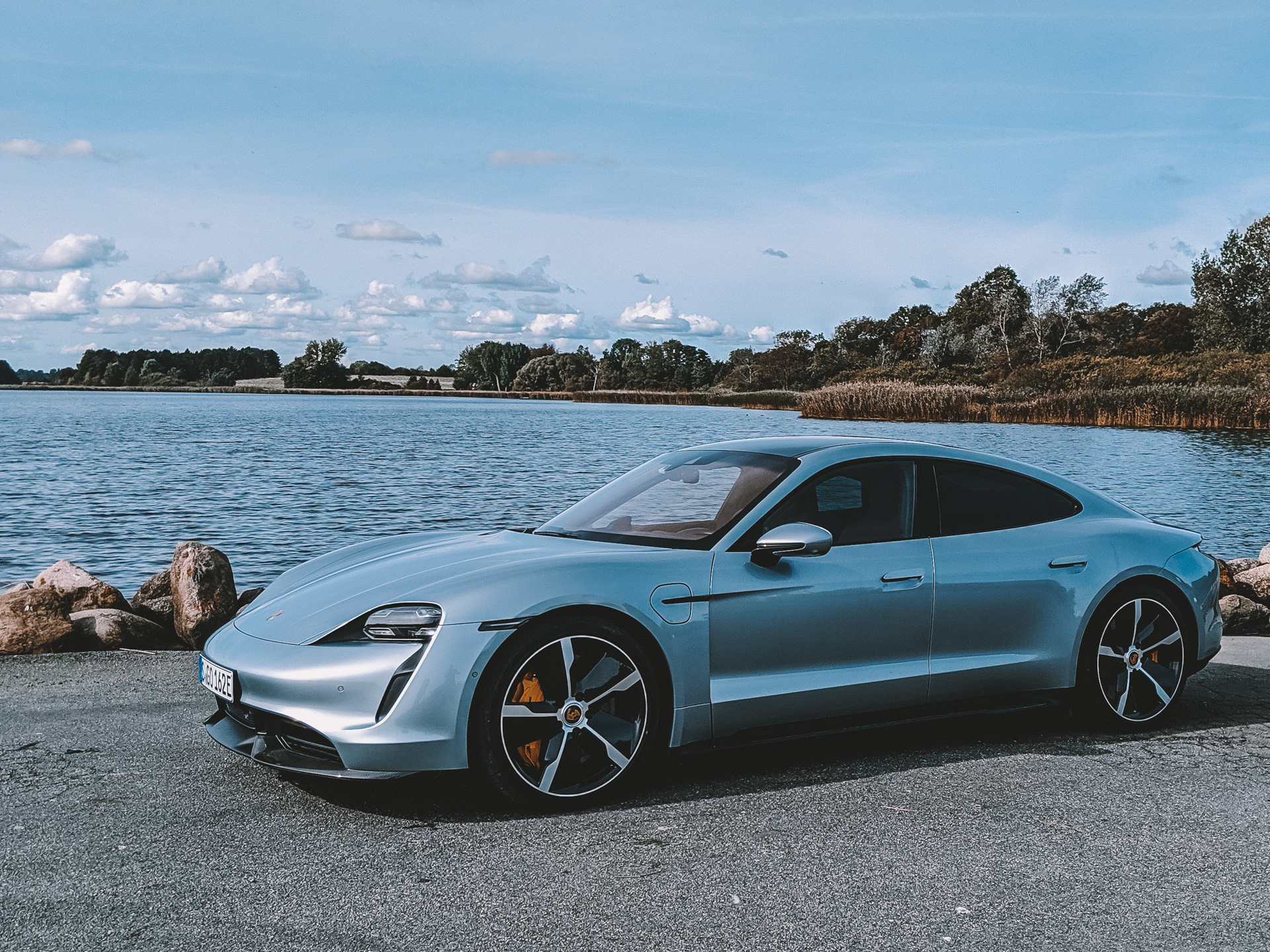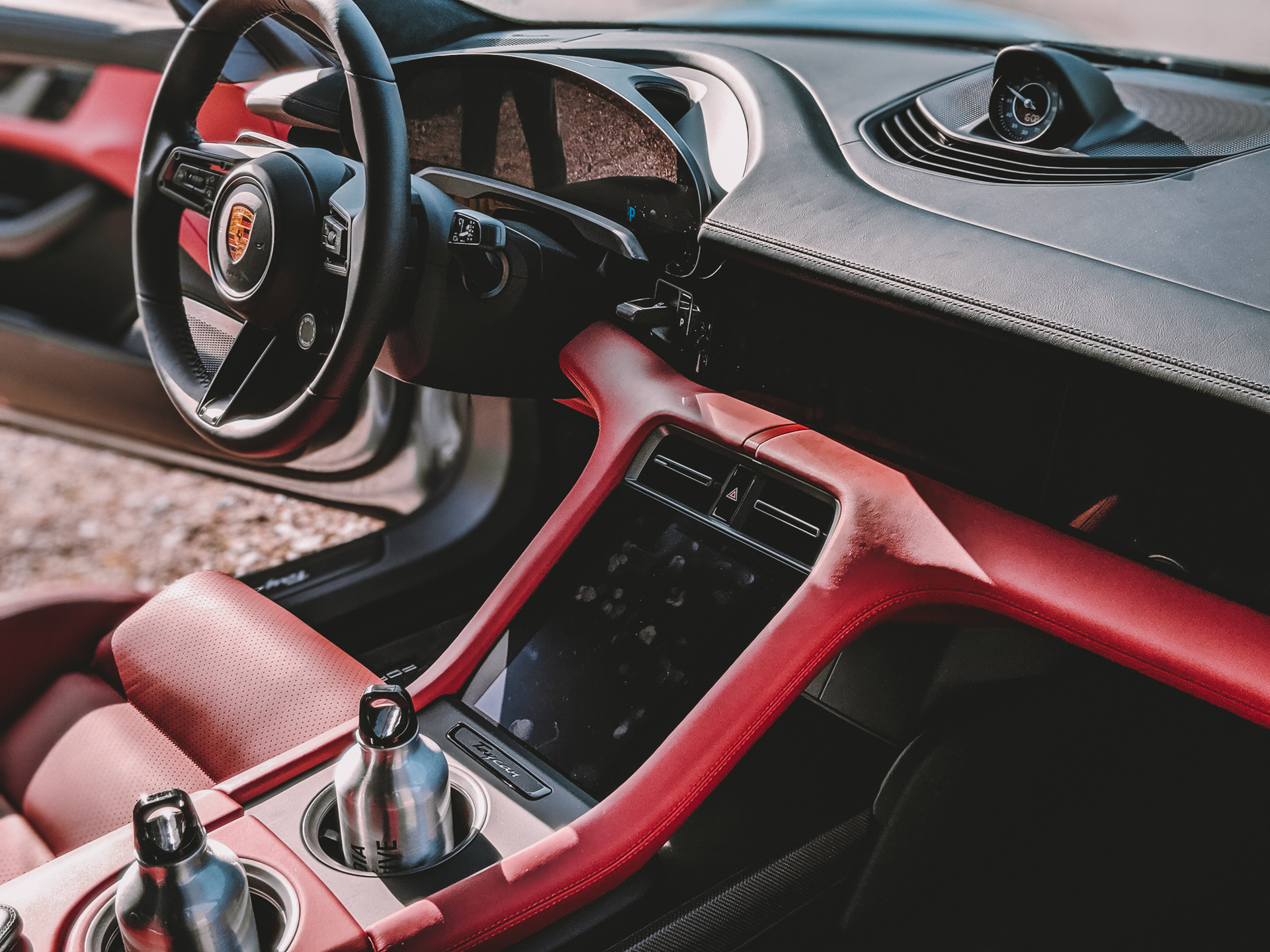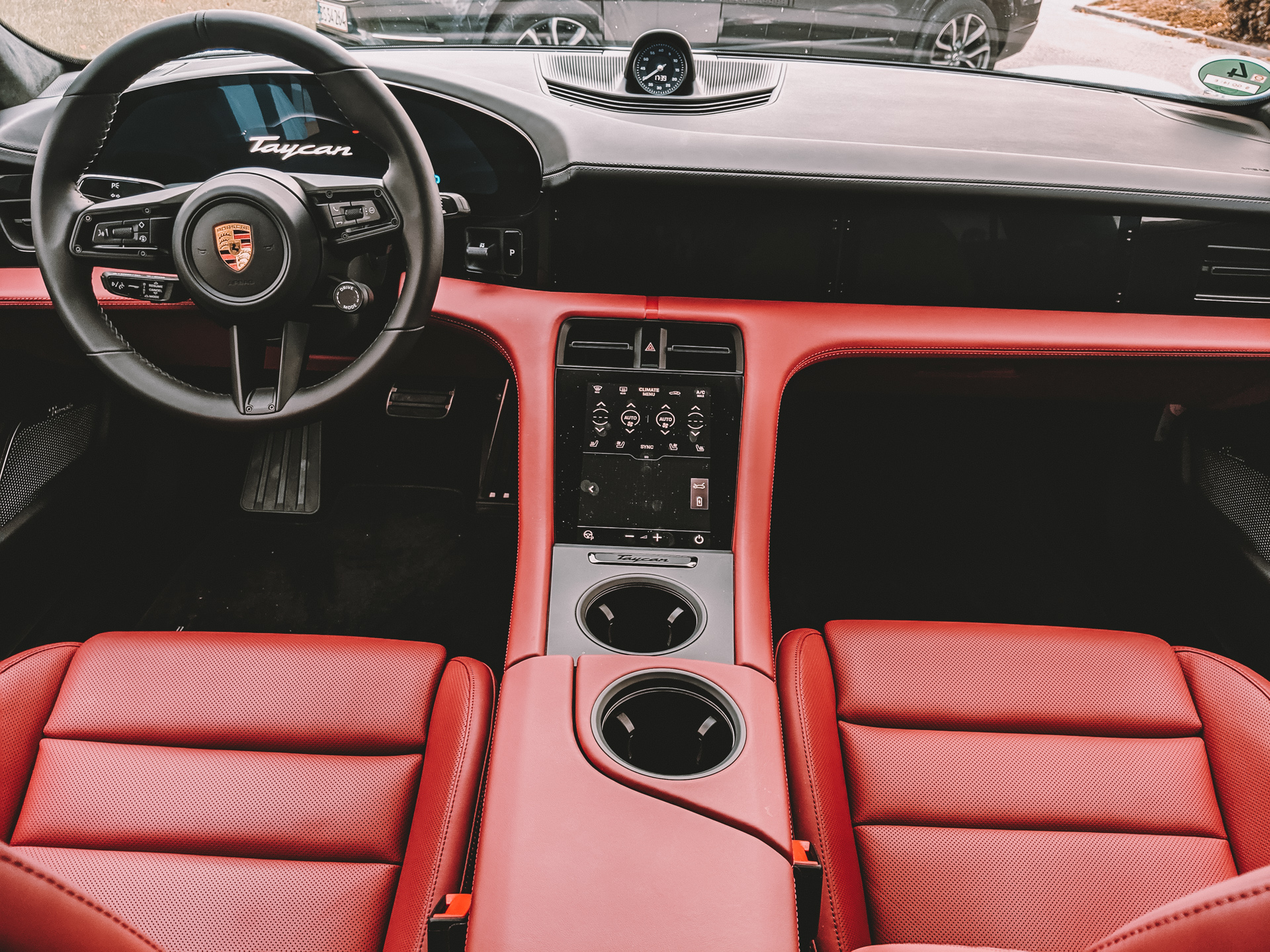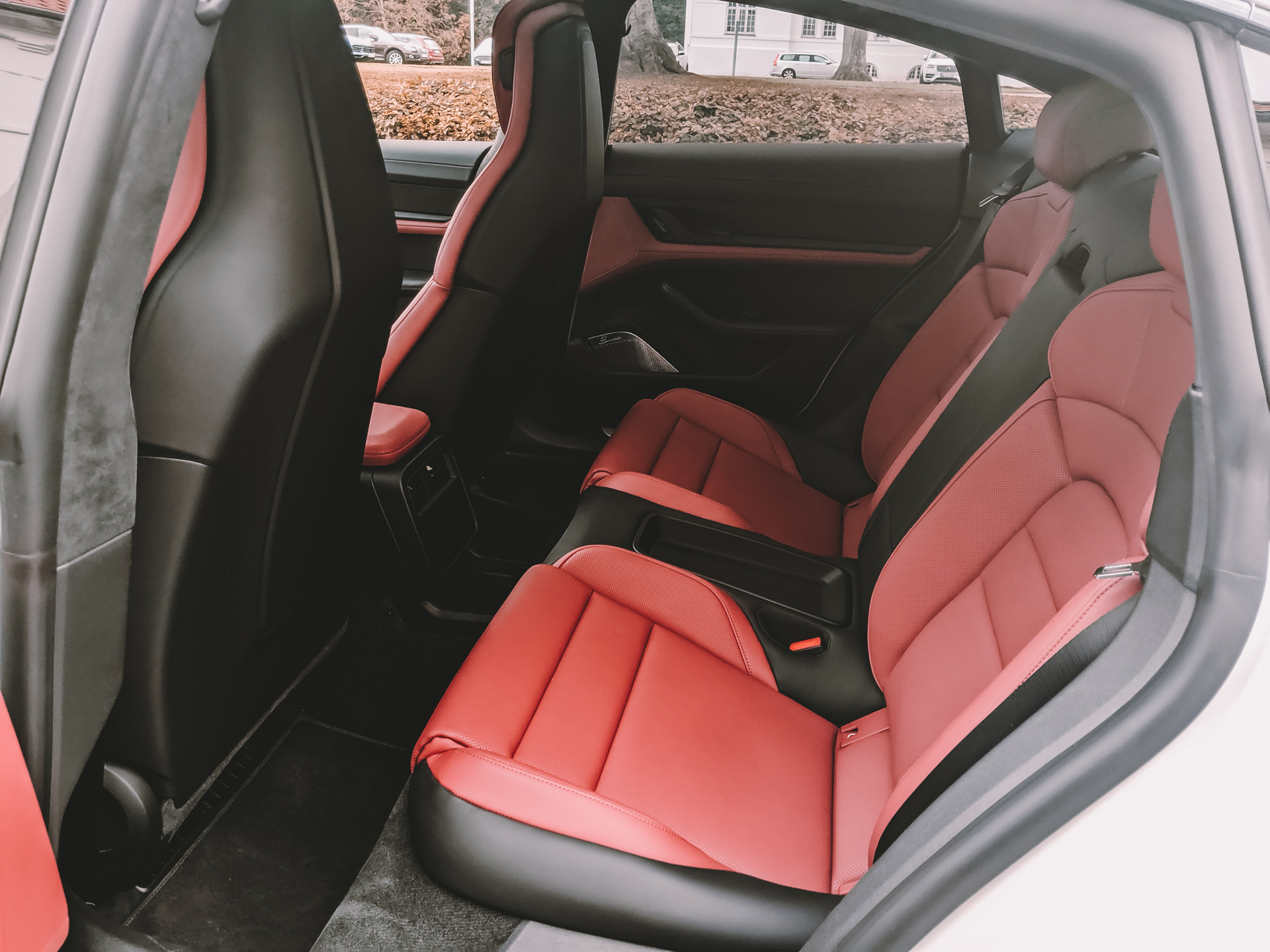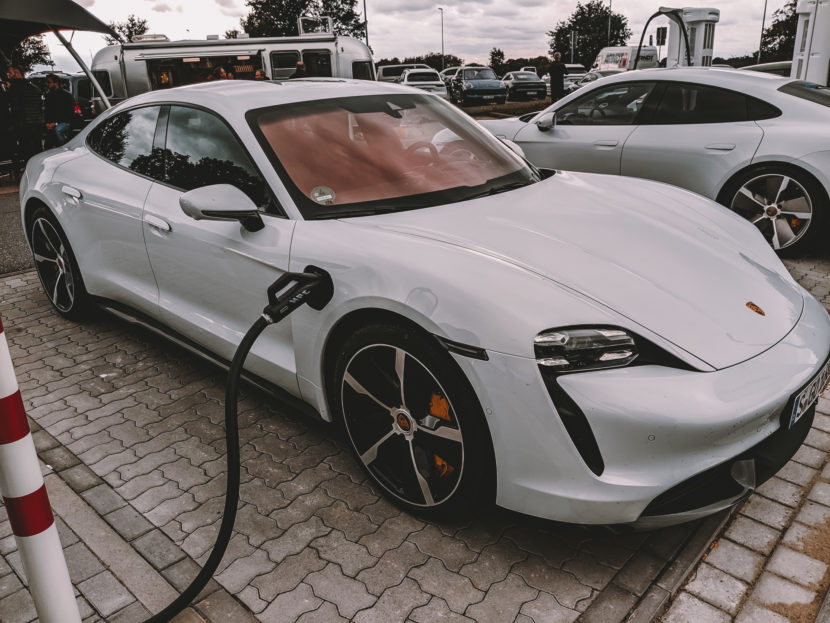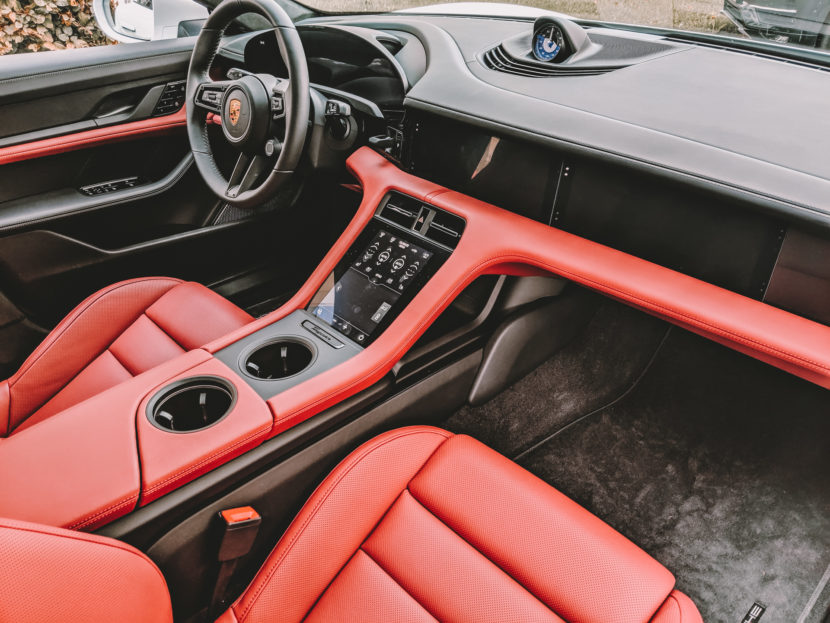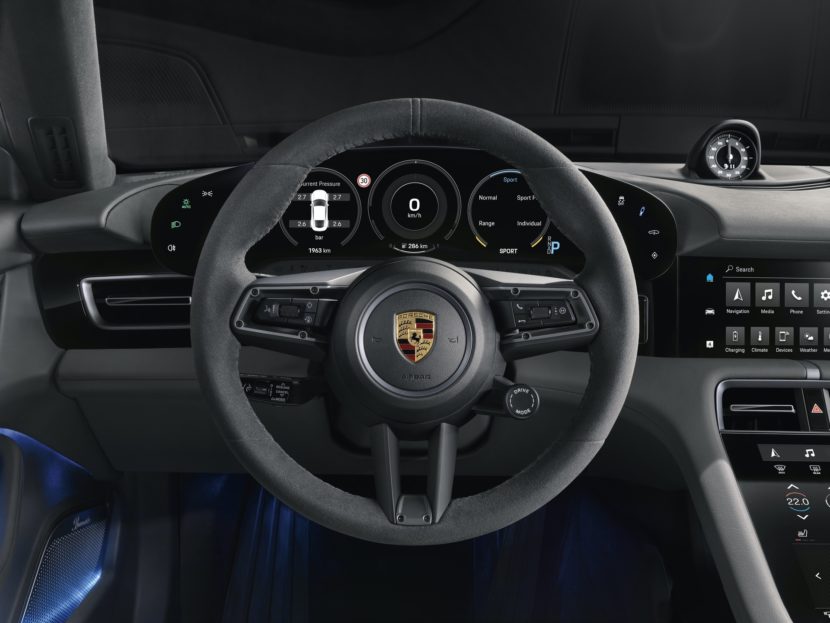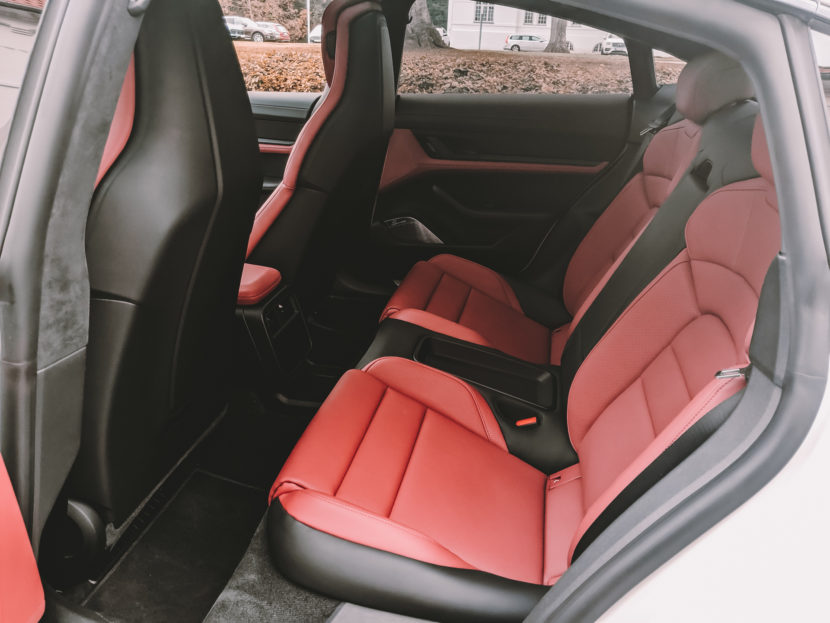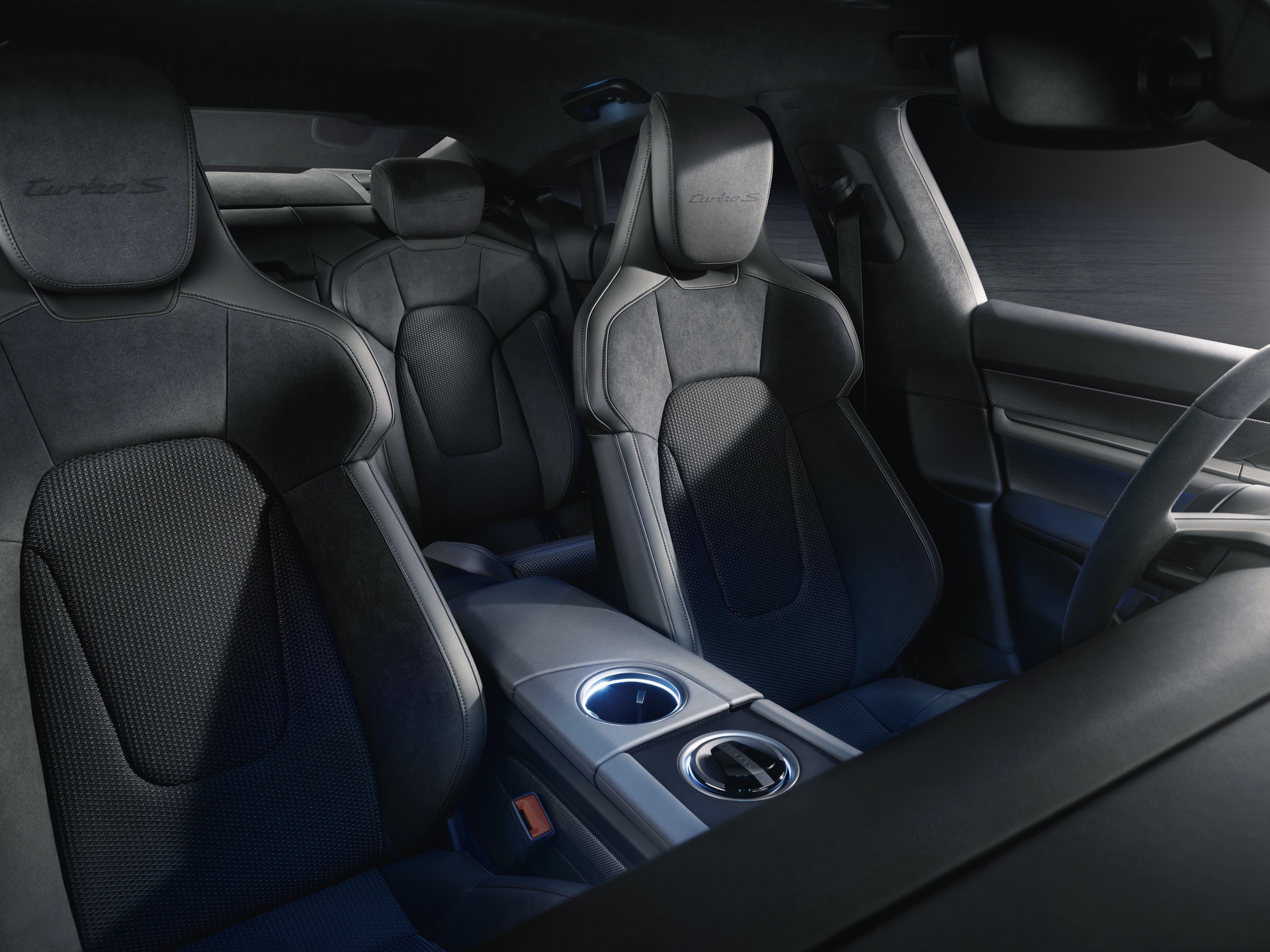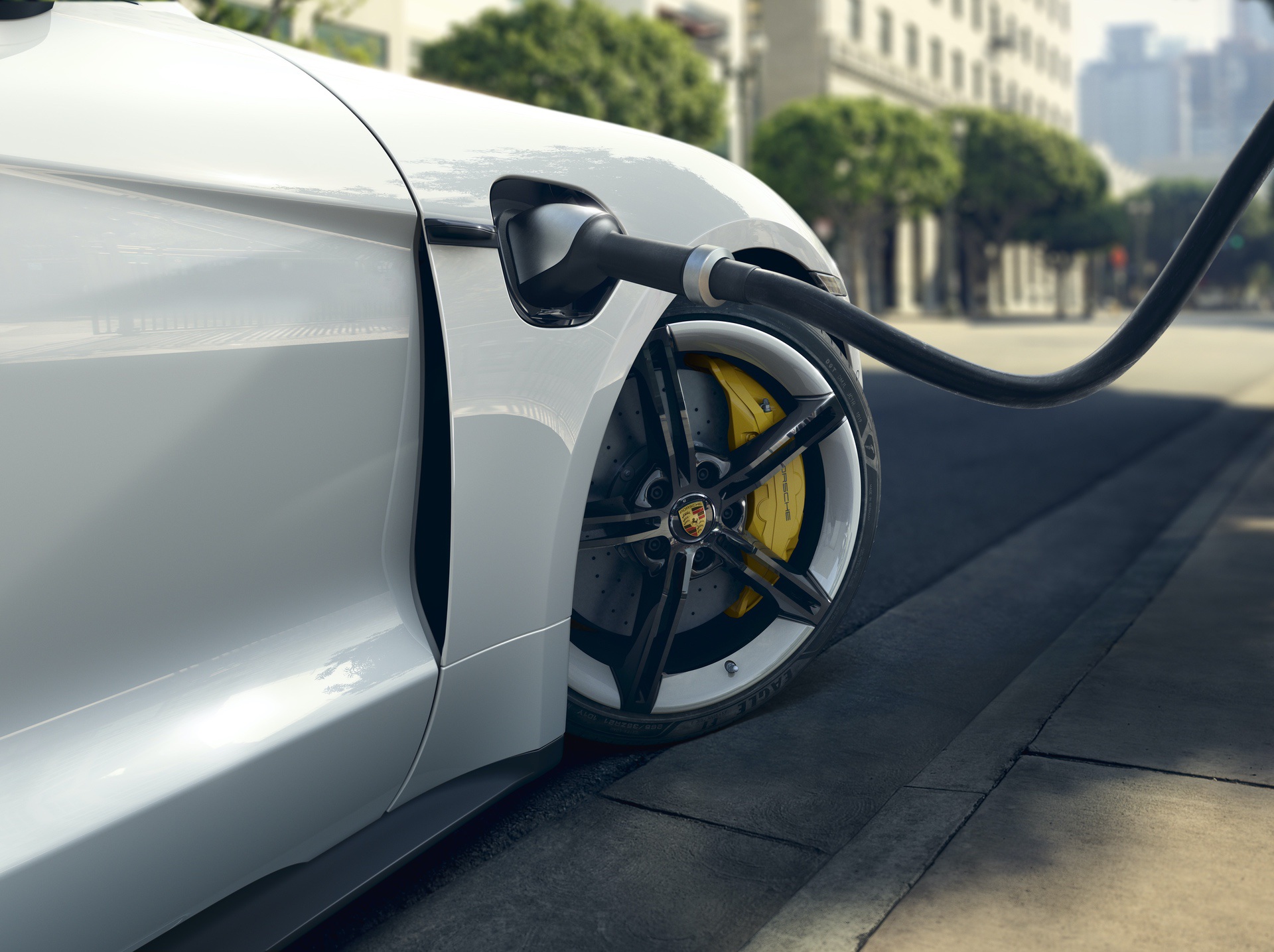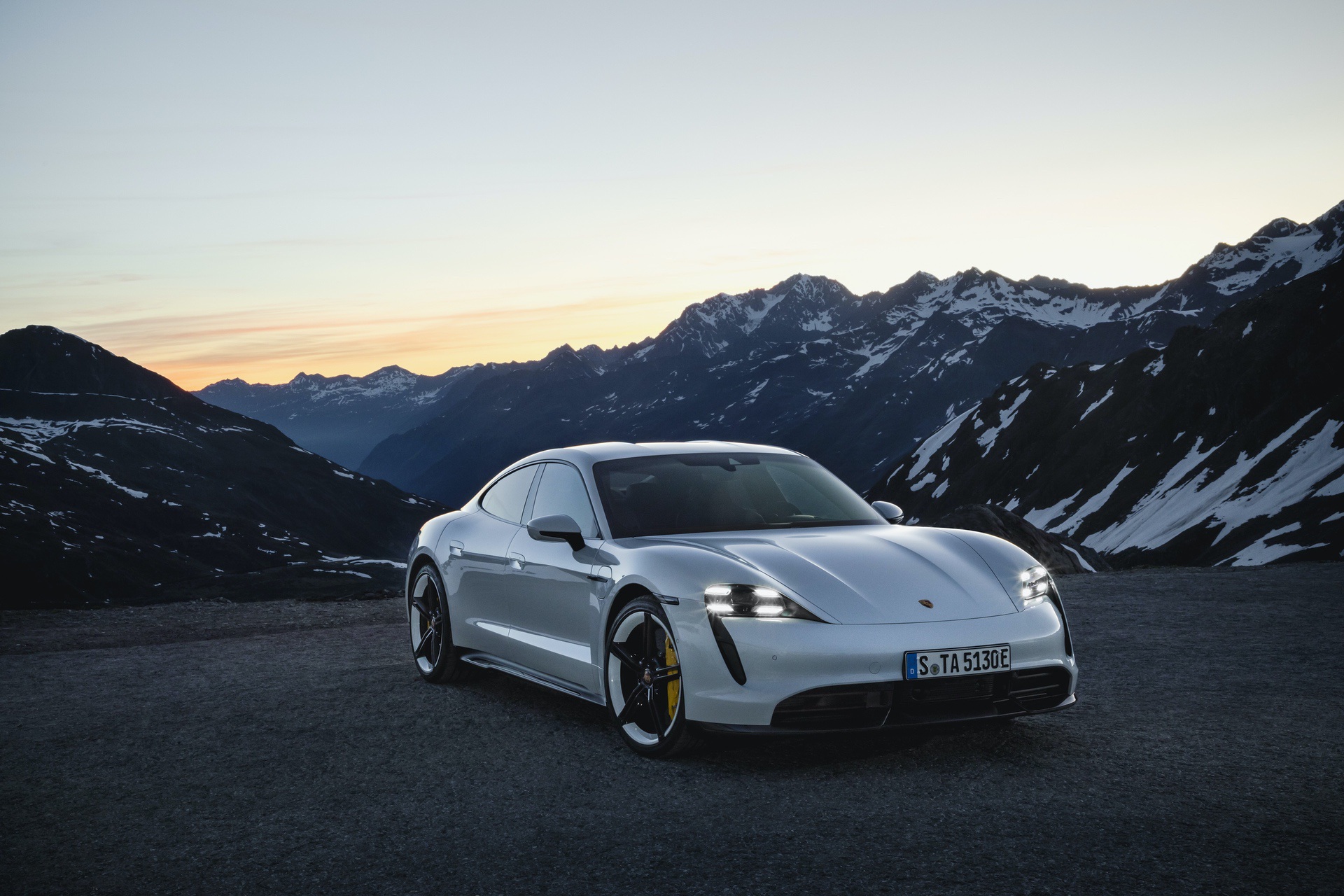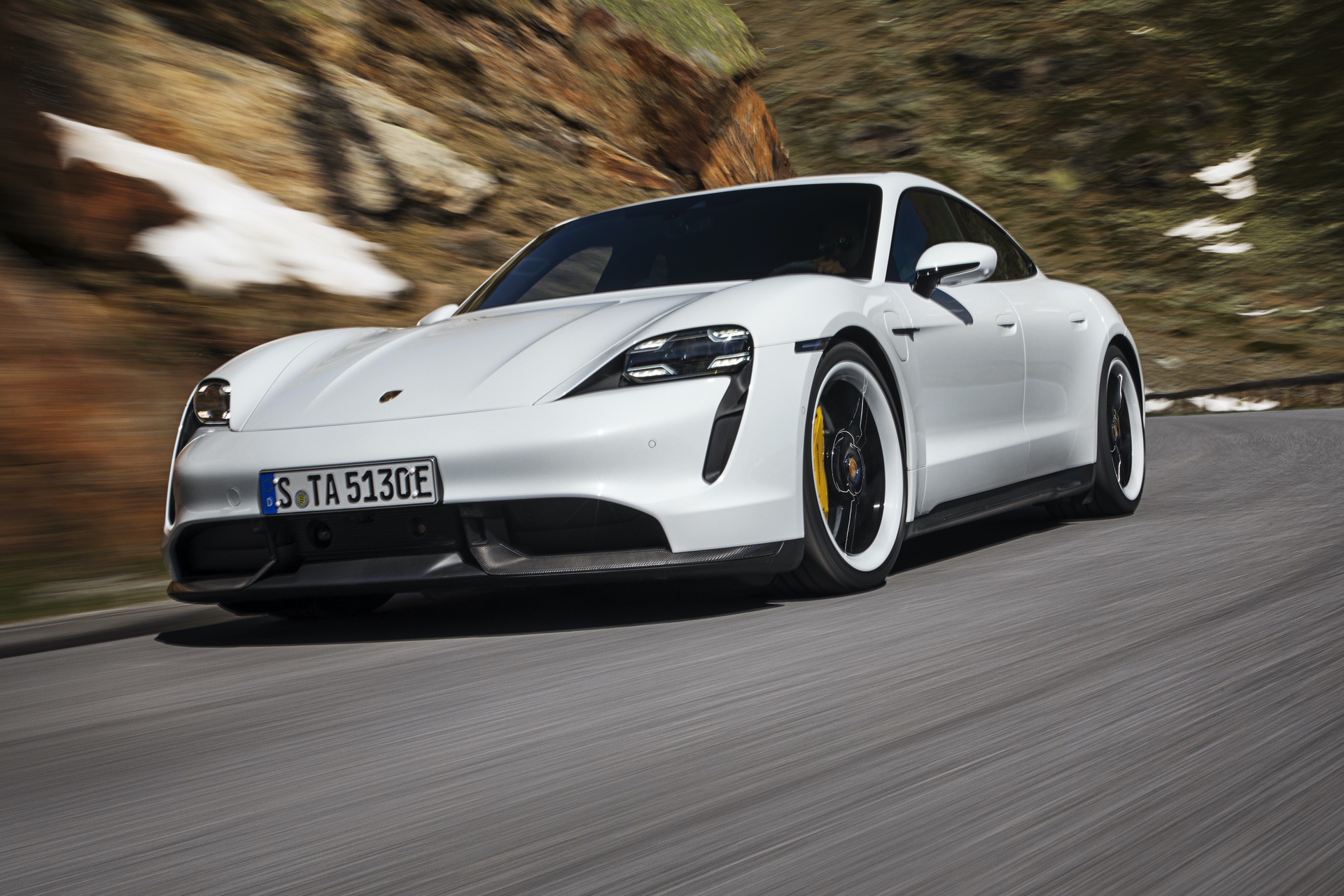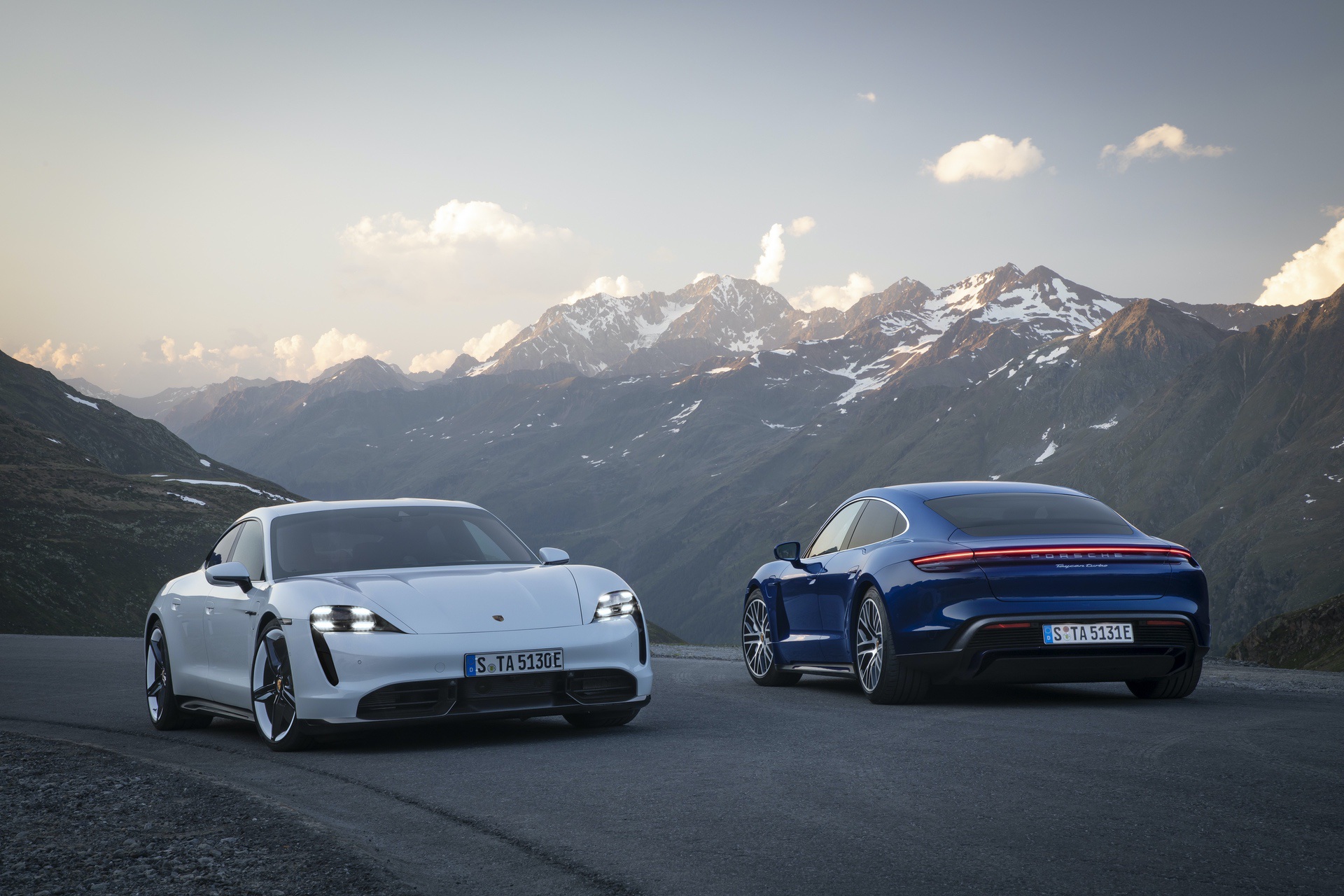Not too long ago when someone mentioned electric cars, most people thought of a hybrid, or more specifically, a Toyota Prius. Underpowered, underwhelming and quite honestly, not very desirable or exciting. That is, unless you get your thrills by achieving great MPG numbers.
Then Tesla arrived on the scene and really smashed the concept of EVs being not much more than glorified golf carts. They offered long-range, desirable performance sedans and crossovers that were capable of recharging at very high rates, much faster than any other EV was capable of.
It took some time, but the legacy auto manufacturers are finally starting to catch up. Audi and Jaguar have already released their first all-electric offerings, the e-Tron and I-Pace. In 2020, BMW will introduce the iX3, and Mercedes will launch the EQC, all comparable electric vehicles in the compact luxury SUV category. All four look to be compelling offerings that have 200+ mile range, deliver very good performance and can recharge at high speeds, similar, or close to, the speed that most Tesla’s vehicles can charge at.
However, there’s one new EV from an established brand that seems to be garnishing the most attention of all; the 2020 Porsche Taycan. After recently driving one from Copenhagen, Denmark to Hamburg, Germany I can see why.
I’ve driven a lot of Porsches, I even owned a Boxster for 5 years, and I’m completely comfortable saying the Taycan Turbo S is the best Porsche I’ve ever driven – and I’m not alone with that sentiment. During the media drive I had the opportunity to speak with many of the other journalists there, and the “best Porsche ever” phrase came up more than once.
Driving Impressions
I knew going into the media drive that the Taycan would be a stunning performer – the Turbo S version pumps out 751 hp and 774 lb ft of torque, so acceleration was never a question. I wanted to know if the Taycan “felt like a Porsche”, and yes, it absolutely does.
All versions of the Taycan are all-wheel drive, with motors at both ends of the vehicle. The steering is effortless and precise, with just enough feedback and the damping controls body roll extremely well. I’m sure the low center of gravity that all EVs have because the heavy batteries are typically located at or below the axle line aided in how well planted the 2.5-ton Taycan felt, even at very high speeds.
Speaking of which, I was able to get the Taycan Turbo S up to 167mph and it felt incredibly solid and stable the whole way. There was even a moment where we had to quickly decelerate from 160 mph to under 100 mph in a very short distance and the Taycan Turbo S’s massive carbon-ceramic rotors, 16.5” in front, and 16.1” in the rear, were up to the task without breaking a sweat.
Porsche states that both the Taycan Turbo, and Taycan Turbo S’s top speed is 161 mph, so I asked Porsche Product Spokesperson Calvin Kim if he thought the speedometer might be off, he just smiled and said he’s pretty confident is calibrated correctly.
That wouldn’t surprise me because Porsche has always offered conservative performance figures for other models in the past. Full road tests often reveal better numbers than the official statistics that Porsche provides. Kim explained that Porsche likes to offer performance figures that they believe most of their owners can attain driving themselves, but a professional driver can do better.
As for acceleration times, Porsche claims the Taycan Turbo S can do it in 2.6 seconds, and the quarter mile in 10.8 seconds. (Top Gear recently clocked it at 10.69) The Taycan Turbo (671 horsepower and 627 pound-feet of torque) takes slightly longer, and can hit 60 mph from a standstill in 3 seconds flat. I was able to find a quiet country road in southern Denmark to do some acceleration runs and I wouldn’t be surprised if Porsche’s 0-60 time of 2.6 seconds for the Taycan Turbo S is also conservative.
In order to get the best acceleration time in the Taycan Turbo S, you must activate Launch Control. To do so, you must first put the car in Sport Plus mode, then depress the brake with your left foot and then floor the accelerator with your right. Unlike conventionally-fueled cars, there’s no audible feedback when you depress the accelerator, but that’s just the calm before the storm. Once you release the brake, all hell breaks loose.
The acceleration is brutal, that’s the only fair way to describe it. The instant torque of the electric motors is something that I can’t get enough of, and in a car with 774 lb-ft of torque during takeoff it’s downright addictive. I did about half a dozen 0-100 runs and I was grinning so much my cheeks hurt.
Unfortunately, if I kept doing it, I wouldn’t make it to the Ionity high-speed charging station stop that Porsche planned along the route.
Both the Turbo and Turbo S models are equipped with an electronically controlled limited-slip differential. The transaxle also utilizes a clutch that’s capable of completely disconnecting the rear motor, allowing the Taycan to intelligently switch between two-wheel and four-wheel drive. When appropriate, the front motor does all the work which maximizes efficiency.
You can select a setting on the drivers’ main display which shows both motor systems and what percentage of the work they are doing. Select Range mode and you’ll see the front motor doing 100% of the work, but stomp on the accelerator and you’ll quickly see the rear motor take over and provide most of the power.
Battery & Charging
Speaking of charging, The Taycan has something that no other electric vehicle does, an 800-volt battery system. All other EV manufacturers use 400-volt batteries. The EV high-speed charging race is officially on! The 800-volt system not only allows the Taycan to charge at a higher rate and reduce the charging time, but it also allowed Porsche to use thinner wires and lighter connectors throughout the high voltage battery system.
That might sound counter-intuitive since the voltage is higher. However, it’s the amperage that essentially dictates how thick the wiring needs to be. Since the voltage is double that of other EVs, the amperage can be significantly lower and still charge the vehicle faster. Thinner wires save weight, and that makes the vehicle more efficient and faster.
About that charge rate, the Taycan can charge at an astonishing 270 kW. To put that into perspective, my 2018 BMW i3s maxes out at 50 kW, so the Taycan can accept more than five times the power. Charging at this incredibly high rate the Taycan can go from 5% to 80% charged in 22 minutes, something I confirmed while charging on the trip.
However, to achieve the maximum charge rate, the batteries need to be at their optimal temperature, 33C. If they are cooler or warmer you won’t get the top charge rate. The good news is if you set your navigation to a known public charging station, the car will precondition the batteries while you’re en route, and you’ll arrive at the station with the batteries at the proper temperature, or very close to it.
But what good is being able to charge at these high speeds if there aren’t any charging stations that can deliver the power? Until recently there were no charging stations that could deliver this high level of power, but that’s changing. In Europe, Ionity is installing these high-speed stations across the continent. In the US, Electrify America is doing the same. Every location will have at lease one station that can deliver up to 350 kW, and many more that are limited to 150 kW.
Another thing the Taycan has that no other EV does is a two-speed gearbox. Porsche says they did this to improve performance numbers, especially at the very low and top ends. Under hard acceleration you can definitely feel the gear shift, which occurs right around 55 mph.
Personally, I’d prefer a single-speed transmission as all other EVs have, but if Porsche insists that it improves performance, then I suppose it’s worth it. However, I’d like to see how these hold up over time, that’s a lot of torque to deal with.
The Taycan battery consists of 33 modules, each containing 12 lithium-ion pouch cells supplied by LG Chem. It has a total pack size of 93.4 kWh with a usable amount of 84 kWh and weighs 1,389 lbs.
Interior
The Taycan has four (or five if you get the optional passenger’s display) touchscreens, with the huge 16.8” curved drivers’ display the real centerpiece of the cockpit. Surrounding the drivers’ display are touch-capacitive buttons that control the headlights, stability control, the ride height, and the adjustable air suspension.
There are four separate preset modes that can be cycled by scrolling the tabs on the steering wheel, changing the layout to display information like speed, tire pressure, driving mode, and even a display to demonstrate whether the front or rear motor is doing most of the work at any given time. I really liked the navigation setting, which you can have restricted to the center of the screen, or have the map consume nearly the entire curved driver’s display.
The center screen is a 10.9″ display that controls the infotainment system. The radio, navigation and other apps can all be accessed from this screen. Like the Panamera, the air vents in the front seating area are all electronically controlled by the center screen. If you check the box for the optional four-zone climate control system, the rear seats also get electronically-controlled vents, otherwise they are old-school mechanical vents.
The seats are what you’d expect from a $150,000 Porsche; pretty much superb. Comfortable, supportive, adjustable and beautiful to look at.
Braking
Porsche is taking a unique approach to regenerative braking. While many other OEMs, like BMW, are focusing on making their EV utilize “one pedal” driving characteristics. Porsche is going in the other direction. One pedal driving is when the car has strong “lift off” regenerative braking. Meaning, all you need to do is lift off the accelerator and the vehicle slows down rather quickly. It will even come to a complete stop without using the friction brakes.
Porsche’s interpretation of regenerative braking is to have the majority of it while the driver is depressing the actual brake pedal. There is some lift off regeneration, but even in the most aggressive setting it’s not nearly as strong as, say, a BMW i3 or a Chevrolet Bolt has.
These are the four regenerative braking settings for the Taycan:
- Lift-off recuperation off, coasting
- Lift-off recuperation on
- Auto-recuperation with camera
- Max recuperation, used by all driver-assistance features
However, that doesn’t mean the Taycan doesn’t have strong regenerative braking. It’s actually very strong and, according to Porsche, 90 percent of all braking events are made entirely with regeneration. It’s just that the driver has use the friction brake pedal to activate the regenerative braking system.
The Taycan is actually able to accept up to 265 kW of regeneration under maximum braking force, which is the highest of any electric vehicle on the market today. That’s accomplished by the front motor accounting for up to 175 kW and the rear motor up to 90 kW of recuperation.
I’ve been driving electric cars for over ten years now and personally I prefer strong lift-off regenerative brakes. This might be the only aspect of my BMW i3s that I’d take over that of the Taycan Turbo S.
Trims
We’ve been talking about the Taycan Turbo and Turbo S, because those were the vehicles provided for the media drive last month. The Taycan Turbo has a base MSRP of $153,310 and the Taycan Turbo S starts at $187,610.
However, just recently, Porsche has announced a new, lower priced version of the Taycan, the Taycan 4S. The Taycan 4S starts at $103,800 which is about $50,000 cheaper than the Taycan Turbo and $84,000 less than the Taycan Turbo S. The Taycan 4S has a smaller battery, (79.2 kWh) is a little slower (0-60 in 3.8 seconds) and a lower top speed of 156 mph.
Yet, for an additional $6,500 you can get the same 93.4 kWh battery that’s in the Turbo and Turbo S. The exterior of the Taycan 4S looks identical to the Turbo and Turbo S, but there’s likely going to be less bells and whistles in the interior.
Still, the Taycan 4S seems like a pretty good deal for mostly the same car at a huge discount.
Driving range
Porsche states the Taycan Turbo will have between 237 and 280 miles and the Turbo S will offer 241 to 256 miles of driving range. The main reason the Turbo S sheds a few miles of range is because of the extra wide tires it has (Turbo S wears 305/30/21s in back and 265/35/21s in front).
However, those range estimates are based on the European WLTP range test. Porsche hasn’t released EPA range ratings for the US, and the EPA 5-cycle test is stricter than the WLTP, and will result in lower range estimates.
Personally, after driving the Taycan Turbo S, I expect it to have an EPA range rating of about 215 to 225 miles. The range for the Taycan Turbo will be slightly higher. Porsche hasn’t announced any range estimates for the Taycan 4S with the 79.2 kWh battery
Should I Buy One?
The Porsche Taycan is a world class sports car, regardless of what fuel it uses. It’s brutally fast, handles like it’s on rails, has a beautiful interior that is functional, futuristic and comfortable. It can outperform nearly everything on the road today, and does so quietly and emission free.
Honestly, this is the EV the BMW i8 should be. If this is the future of high-performance driving, I don’t think any true petrol head will complain.
I attended the driving event courtesy of Porsche of America and InsideEVs


